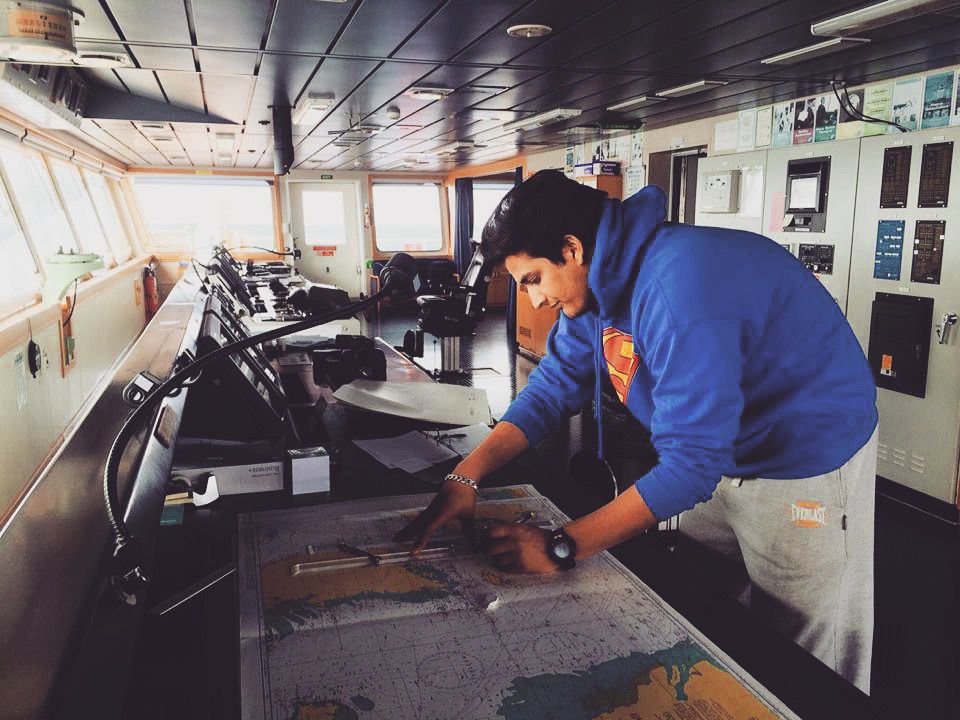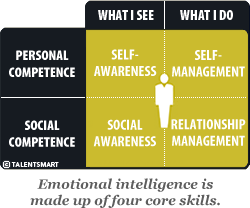Author: Vineet Dev Giri, DGM Operations & Trade, Global Feeder Shipping, Dubai.
There are several reasons seafarers quit a promising and well-rewarding life at sea. Leaving an active sea career is not an easy decision, yet hundreds of merchant navy officers have dared to trespass this unforgiving territory of shore jobs and have not only conquered them but also remained undefeated in their new endeavors.
Only those who lack the courage and conviction attribute others’ success to luck or fate, but those mariners who did not wait to be Masters or Chief engineers and had full faith in them have hung their sea boots early and secured a long-lasting shore career for themselves.
Usually, there are two types of seafarers at the sea. There is one group of seafarers who is happy to continue at sea and in fact enjoy sailing, and then there is another group of seafarers who want to leave but are scared to choose the option of settling ashore due to a lot of uncertainties associated with this decision. If you belong to the latter group, let me assure you that once you decide to step out of this comfort zone (your sea career), hard work, dedication, and a belief in yourself can take you on a path of unprecedented success. Leaving the sea life and settling ashore might be difficult but it’s not impossible for sure!
First, let’s cover some practical aspects of moving ashore which have served me well, and definitely, those contemplating a move ashore can draw some inspiration from.
1. The earlier you move ashore the better.
Why I say this as my very first point is because when you move ashore young –i.e. as a junior officer – your financial obligations are less, probably don’t have a family to worry about, the multitude of options to begin with ashore (you just start somewhere) –enter the pipeline and work your way through various departments.
2. What will be a good age to consider moving ashore –
I believe anywhere between 24-28 is a good time when you are either an experienced second officer /third engineer or a young fresh second engineer/chief officer. The reason why I emphasize this is – inshore there is a stigma /apprehensions of hiring master mariner/chief engineers especially in departments other than ship management of being pricey (Salary wise), attitude issues ( considering coming as senior ranks ) , and then malleability ( to learn and adapt ) .
3. What departments within the shipping industry can one consider –
One of the common misunderstandings amongst seafarers is trying to aim to be either a marine superintendent or a technical superintendent within ship management but there are a whole plethora of departments where one can work –namely – Chartering, Operations, Commercial, Marketing, Sales each of which have people working within and being seafarer will only make you a candidate with an edge as compared to other candidates who are civilian’s.
4. Will I need to take a salary dump?
The big answer to it is yes – in the short sight might not seem like a bright idea but in the long run, the returns will get compounded and you will probably make more than the last captain you sailed with. Time is important and you need to take calculated risks which are needed. Seafarers need to realize that given a chance to move ashore – they should be grateful and at the same time make the most of the opportunity given.
5. How transferrable/valued are my skills/experience as a seafarer?
Your skills and experience as a seafarer are probably only valued so far as if working in ship management as a Technical or marine Superintendent. The moment you move into any other department – your skills/experience are good enough to ask the right questions and support where other team members are lacking from a shipboard experience point of view. Yes it does add a star to your CV once ashore but it’s only enough to get you through the door – what you do with the opportunity plus your experience is a combination of your skills, people management, recognizing the opportunities’.
6. Eye-Opener – Who are the top bosses sitting ashore?
Some of you must have wondered who these guys are sitting ashore heading the departments. Are they seafarers? In commercial, operations, trade? Seldom they are sea-farers – most of the time these are civilian’s –graduates who entered young and have grown through the ranks – so if they can? What’s stopping us as seafarers? The only difference between them and us is time – they had a head start.
Personally having worked across three continents in the shipping industry across departments – Operations, commercial and trade – I feel seafarers make the best candidates for shore positions as well –so go find yourself your first role ashore plus find a mentor with whom you would want to exchange places if you could – talk to people – network. The most important thing is – change roles/positions/responsibilities within 1-2 years while you are young and have a young family – don’t get complacent –accumulate enough experience to let your late 30’s run on autopilot professionally and financially.
I was lucky enough to be given a chance at a young age to enter ashore and to date – I am in touch with my first boss ashore who also happens to be a good friend, mentor, and colleague – remember your network is your net worth.
With numerous shipping hubs all around the world, you have your pick of where you wish to begin your shore-based life. London, Singapore, Dubai, Houston, Hamburg, Athens and Limassol are just a few options.
It is a big decision to leave your seafaring ways behind so if you are considering moving ashore, make sure you do enough research before making the commitment. My advice to others thinking of making the move ashore is to do so with an open mind, bearing in mind that the initial role you take is just a gateway to your career ashore. Do your research on house prices, cost of living and commuting options so you know exactly what to expect before you make the move.”
If you want to find out more about opportunities ashore, get in touch with our Shipping team of specialist consultants Nevoxel, who can advise you on roles that might be suited to your skills, experience, and ambitions.














